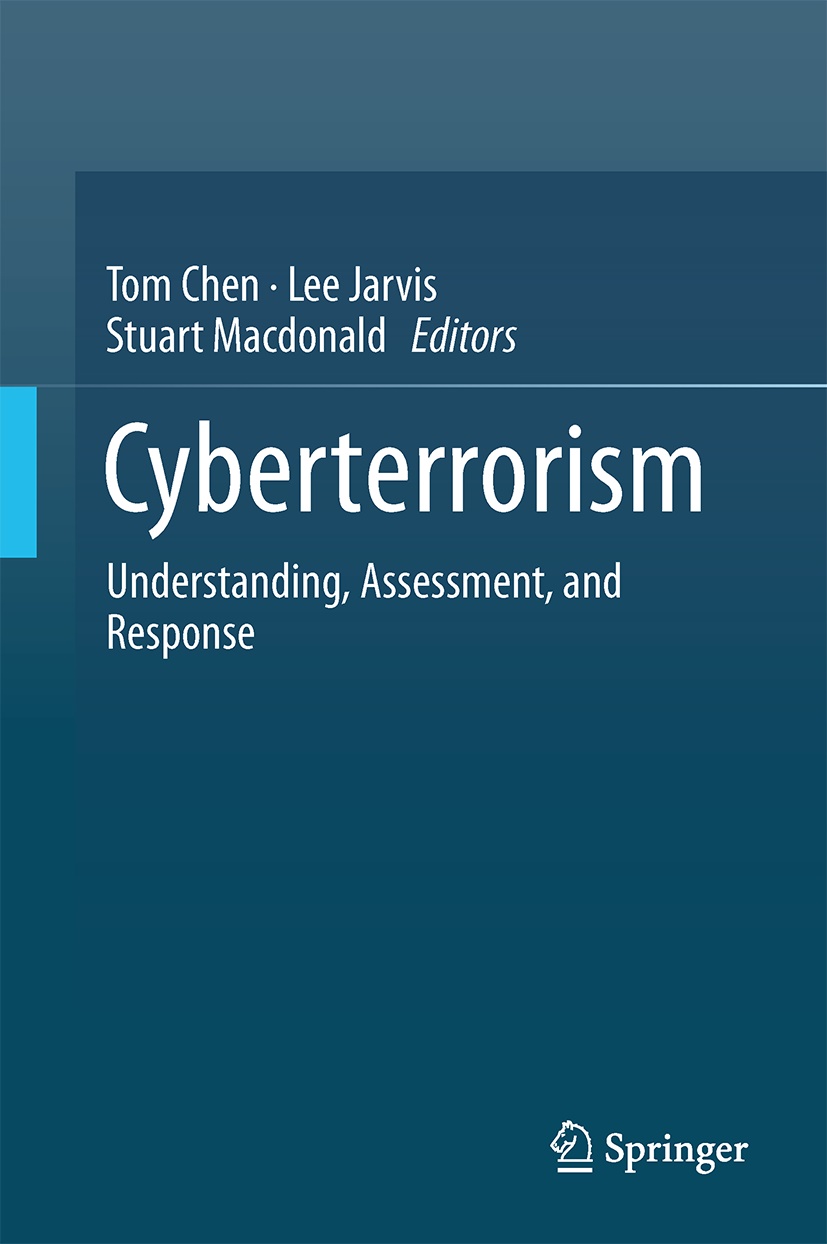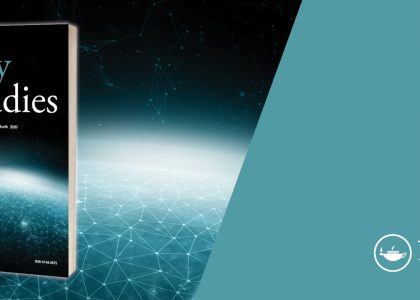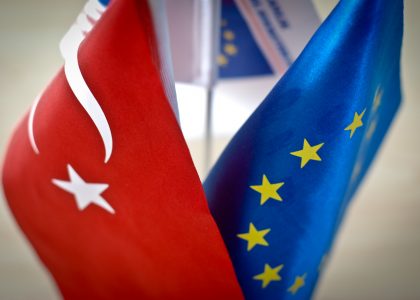
New research has been published on cyberterrorism.
A new book published by Dr. Lee Jarvis offers the first systematic exploration of competing understandings, assessments and potential solutions to cyberterrorism. The book – which is co-edited with Dr. Stuart Macdonald of Swansea University and Professor Tom Chen of City University, London – takes an explicitly multi-disciplinary approach to cyberterrorism. It includes chapters from contributors with backgrounds including International Relations, Political Science, Public Policy, Engineering, Law and Criminology, and based in a range of universities across the United Kingdom, United States, Australia, Ireland and beyond. The book is the first to come out of The Cyberterrorism Project – an international, interdisciplinary research network of researchers working on these themes – with another, Terrorism Online, due out early next year.
Because of the diversity of contributors and their backgrounds, the book contains as much in the way of debate as it does consensus. For instance, in a chapter by Keiran Hardy and George Williams, these authors develop an original legal definition of cyberterrorism in response to the limitations of those which are currently in use around the world. Jarvis, Nouri and Whiting, on the other hand, argue that researchers might be better off asking how cyberterrorism is constructed, rather than focusing on the definitional issue implied in the question, ‘what is cyberterrorism? Clay Wilson identifies a range of technological risks that cyberterrorism poses for critical information infrastructures, arguing that we need to take these seriously given how dependent such infrastructures have become on electronically networked control systems. This contrasts with arguments from others including Maura Conway whose chapter suggests that the costs, complexities and limited threatrical impact of cyber attacks likely render cyberterrorism a less attractive option than more traditional forms of terrorism. Michael Stohl, moreover, addresses this question of threat by pointing to the hypocrisy in which states repeatedly condemn cyberterrorism while at the same time augmenting their own cyber capabilities and thereby undermining important norms required for international cooperation in this area.
Other chapters in the book include a discussion by Panayotis Yannakogeorgos of the different ways in which terrorists make use of the Internet for attack and non-attack purposes, and an important conceptual contribution from Michael McGuire who develops the notion of ‘hyperconnection’ to develop a more sophisticated analysis of what ‘technology’ is and how it works in this context. Tim Legrand draws on public policy research to identify the challenges of dealing with cyberterrorism given potentially significant tensions between private and public sector institutions which share ownership of the UK’s digital landscape, while Lord Carlile QC and Stuart Macdonald bring a legal perspective to explore the criminalisation of online activities which are preparatory to terrorist attacks. Gil ad Ariely, finally, concludes the book’s discussion of responses by sketching the range of different mechanisms that are available for dealing with cyberterrorism. These responses are differentiated, first, by type, and second, by time span, with Ariely arguing for a more holistic approach to responding to this threat.
As the contributions to Cyberterrorism: Understanding and Response demonstrate, there is considerable disagreement over what cyberterrorism is, how much threat it poses (and to whom), and how this ‘threat’ should be dealt with. Whether cyberterrorism is unique in this, however, is also up for question, given the importance of similar debates around other security issues such as terrorism or global climate change. Further information on the book can be found here, including sample chapters and other material.
Lee Jarvis is a Senior Lecturer in International Security at UEA. His most recent published research includes articles on the proscription of terrorist organisations within the United Kingdom, the concept of state terrorism, and on the ways in which the 9/11 attacks were remembered in the United States.





